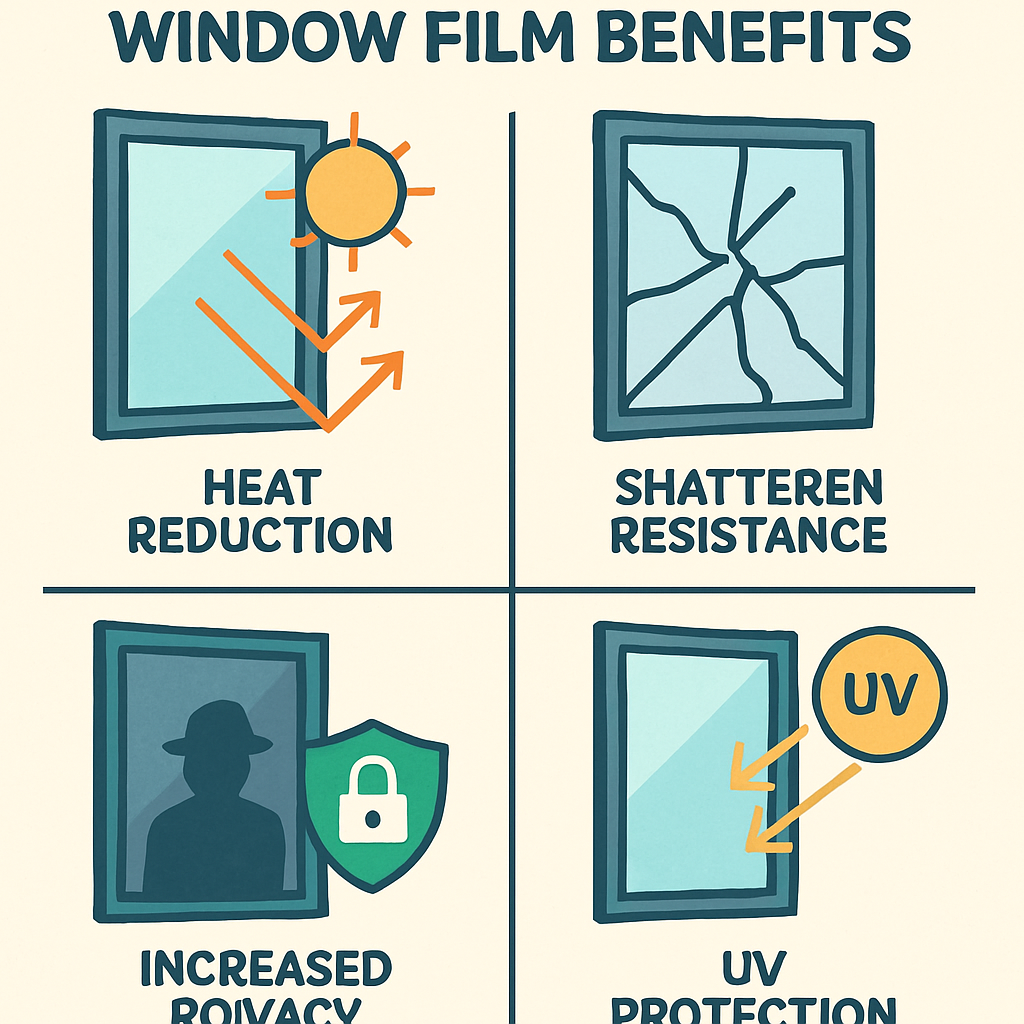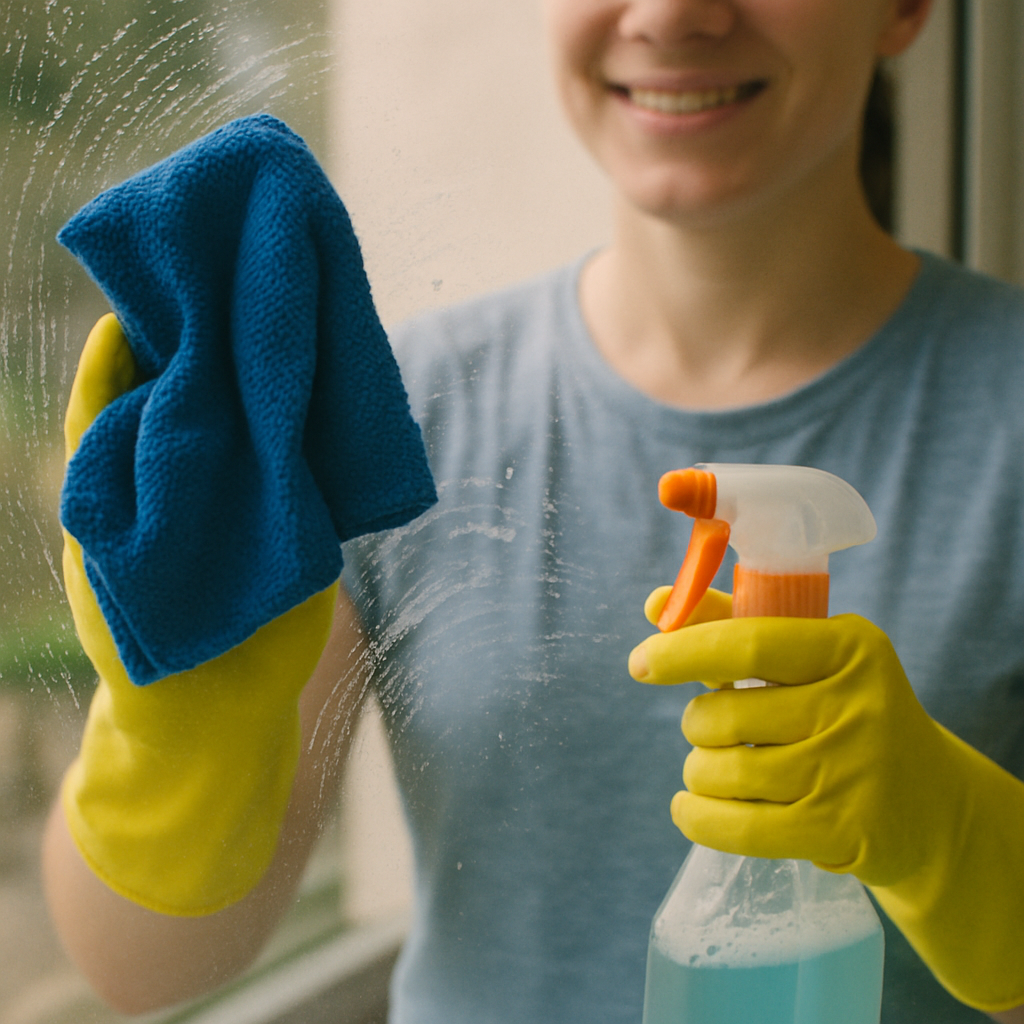Applying window films to your home’s windows is a fantastic way to enhance privacy, reduce energy costs, and increase the aesthetic appeal of your living spaces. Whether you’re an interior designer aiming to offer clients stylish, eco-friendly solutions, or a homeowner looking to improve your home’s efficiency, knowing how to apply window films correctly is crucial. This guide will walk you through the process of applying window films for the best results, ensuring quality and precision every step of the way.
Before diving into the application process, let’s explore why window films are a popular choice for many homeowners and designers. Window films offer numerous advantages, including:
- Energy Efficiency: By reducing the amount of heat that enters through windows, window films can significantly decrease cooling costs in the summer and retain heat during the winter.
- UV Protection: They block up to 99% of harmful UV rays, protecting your furniture, flooring, and skin from damage.
- Privacy: Tinted window films provide an extra layer of privacy without sacrificing natural light.
- Aesthetic Appeal: With various styles and designs available, window films can complement any interior design.
Understanding these benefits will help you communicate the value of window film installation to clients or apply them to your own living space with confidence.
Preparing for Installation
Before you start the installation process, it’s essential to gather the necessary tools and prepare the windows for the best results.
Tools You’ll Need
- Spray bottle filled with a solution of water and a few drops of dish soap
- Squeegee
- Utility knife or sharp blade
- Measuring tape
- Lint-free cloth or paper towels
- Window film of your choice
Preparing the Window Surface
- Clean the Windows: Use a lint-free cloth and the soapy water solution to thoroughly clean the window surface. Remove all dirt, dust, and grease, as these can cause bubbles and imperfections in the film.
- Measure and Cut the Film: Measure the window dimensions and cut the film to size, leaving an extra inch or two on all sides to ensure complete coverage. You can trim the excess after application.
Applying the Window Film
With the window cleaned and the film cut to size, you’re ready to begin the application process.
Step 1: Wet the Window
Fill your spray bottle with the soapy water solution. Generously spray the window surface. This step is crucial because it allows you to position the film correctly and ensures it adheres smoothly.
Step 2: Peel the Film Backing
Carefully peel away the backing from the window film. It’s best to do this slowly to prevent the film from sticking to itself. As you peel, spray the adhesive side of the film with the soapy water solution to keep it moist and manageable.
Step 3: Position the Film
Align the film with the top edge of the window, leaving a small overlap on each side. The soapy solution on the window allows you to slide the film into the correct position easily.
Step 4: Smooth Out the Film
by Will Roberts (https://unsplash.com/@brandnewextragood)
Use the squeegee to gently smooth the film from the center outward. This step removes air bubbles and excess water, ensuring a clean application. Be gentle to avoid tearing the film. Repeat this process until the film is flat against the window.
Step 5: Trim the Excess
Once the film is in place, use a utility knife to trim the excess film along the window’s edges. Ensure the blade is sharp to achieve a clean cut.
Step 6: Final Squeegee
After trimming, use the squeegee once more to press out any remaining water or bubbles. Wipe away any excess water with a lint-free cloth.
Tips for a Successful Installation
- Work in a Cool, Dust-Free Environment: Install window films in a cool, dust-free room to prevent the film from drying too quickly or attracting dust particles.
- Be Patient: Take your time during each step of the process. Rushing can lead to mistakes, such as bubbles or misalignment.
- Use High-Quality Films: Investing in high-quality window films will ensure a longer lifespan and better performance.
Common Mistakes to Avoid
- Skipping the Cleaning Step: A clean surface is critical for a smooth application. Skipping this step can result in bubbles and peeling.
- Not Using Enough Solution: The soapy water solution is essential for positioning the film and removing air bubbles.
- Applying in Direct Sunlight: Direct sunlight can cause the film to dry too quickly, leading to imperfections.
Professional Window Film Installation
While DIY installation is feasible, hiring professional window tinting services can save time and ensure the highest quality results. Professionals have the experience and tools necessary to handle challenging installations and large projects.
Conclusion
Applying window films is a practical and stylish way to enhance your home or offer clients innovative interior solutions. By following these steps and tips, you can achieve a professional-looking installation that offers energy efficiency, UV protection, and privacy. Whether you’re a seasoned interior designer or a homeowner passionate about home improvement, window films are an excellent addition to any space.







